Have you ever seen your pet perform an act and you thought to yourself, “Wow! How did it do that?! I should probably do it that way too”?
Turns out a lot of people have thought about that too .....….
Trying Time-Tested Designs and Solutions
As humans, we currently face a lot of challenges on earth. Challenges brought about our interaction with the environment.
Man as a superior being has always designed things in a way that benefits only his race. And the effects of his actions on his environment are only an afterthought after he must have satisfied his desires.
But with increasing environmental hazards that affect human lives in disastrous ways, it’s time to have a rethink on the way we design stuff (infrastructure et al).
Enter Biomimicry....
Biomimicry is an approach to innovation that seeks sustainable solutions to human challenges by emulating nature’s time-tested patterns and strategies. The goal is to create products, processes, and policies—new ways of living—that are well-adapted to life on earth over the long haul.
Also called biomimetic, the term coined by Jainne Benyus proves the fact that nature and man’s technology can co-exist together. In fact, nature’s time-tested designs can inspire man to create optimal solutions for himself.
With man’s existence on the earth surface only a minute fraction of the total existence (billions of years) of other living organisms, it makes complete sense to study the way nature and its other components react and function effectively.
Here’s a wonderful presentation by the Founder of the Biomimicry institute detailing how the whole “Inspired by nature” works.
Steal Like An Artist
One of my favorite books is Steal Like An Artist by Austin Kleod. The picture below basically gives an idea of what the whole book is about.
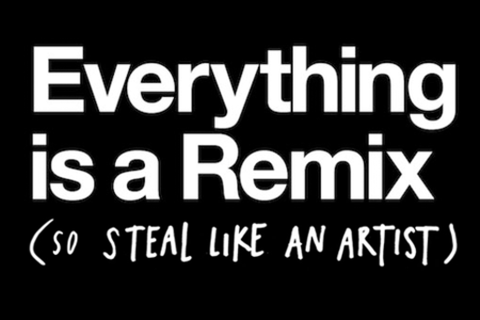
The advantage of standing on the shoulders of giants is sowmthing we've all been taught in life. That’s why it makes brilliant sense for human solution providers to get inspirations by standing on the shoulders of giants – in this case, nature.
Named one of the top 20 breakthrough ideas in business in 2009 by HBR, biomimicry is fast inspiring the creation of a billion dollar industry. Biomimicry 3.8, a world leading biomimicry consulting entity, states this amazing estimation on their website:
It’s estimated that by 2030, bio-inspired products and services will generate $1.6 trillion to the global GDP. By accessing the powerful intelligence embedded in 3.8 billion years of evolution, we have collaborated with innovation teams and individuals at more than 250 companies in over 25 industries to achieve competitive advantages through biomimicry.
Tapping Into A 3.8 Billion Year Research and Development Result…. Inspiring Examples of Biomimicry
Biomimicry is being applied across all sectors of the economy. Architects, Farmers, Scientists, Engineers, Researchers, Businessmen and a host of other change-makers are discovering the beauty of biomimetic.
Achieving An Agelong Fascination - Flying
Although it wasn’t until the late 1950s that the term ‘biomimicry’ was officially coined, the Wright Brothers had successfully implemented the ideals of the concept in solving the core challenge they faced in flying – controlling the flying aircraft.
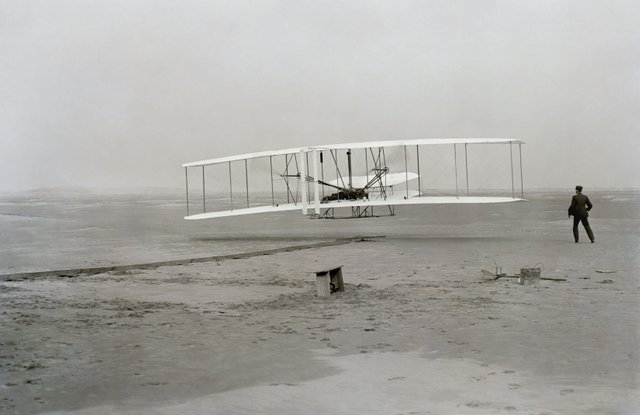
The Wright Brothers spent a great deal of time observing birds in flight. They noticed that birds soared into the wind and that the air flowing over the curved surface of their wings created lift. Birds change the shape of their wings to turn and maneuver. The Wrights believed that they could use this technique to obtain roll control by warping, or changing the shape, of a portion of the wing.
It is pertinent to note that the Wright Brothers were also inspired by the works of Da Vinci who though didn’t attempt to create any flying machine spent a great deal of time observing the anatomy and flight of the flying creatures.
Agriculture - Providing Food In Nature’s Way
Agriculture is as old as man. And in order to solve rising food issues, scientists have been producing very efficient means of growing food albeit in an unsustainable manner. Pesticides, fertilizer and other agricultural products have greatly increased the amount of food produced only in the short run. However, in the long run, they pose as dangers to the balance of the ecosystem.
That is why researchers now spend a lot of resources studying nature, trying hard to provide efficient yet environment-friendly agric-products.
The Biomimicry Institute ran an interesting Food Design Challenge a couple of years ago and the Living filtration design won first prize. The idea which seeks to help farmer maintain a well-nourished soil system was inspired by the digestive system of an earthworm. The video above gives a beautiful explanation to that.
Other astonishing designs were inspired by the lives of bees, ants and a host of other organisms. Many of the products were geared towards drawing water efficiently, reducing man’s agro-products’ negative effects on the soil and ways by which we can grow crops in limited space.
Reducing Human Footprint – Architecture
The operation of buildings represents 40% of all the energy used by humanity, so learning how to design them to be more sustainable is vitally important.
Architecture has perhaps received the greatest influence amongst other sectors. There exist tens of architectural masterpieces inspired by nature. One of the leading inspirations is the termite mound – renowned for its efficient ventilation system. Eastgate , an amazing structure was modeled after this and it saved its owners billions of dollars in ventilation costs.
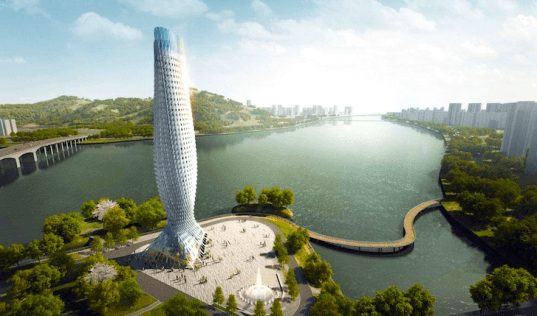
Many other architectural masterpieces take their inspiration from other creatures – sea sponge, algae et al.
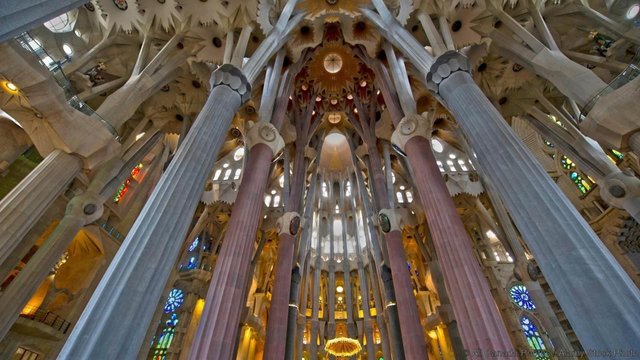
Transportation and Communication
Nature has evolved a couple of master transporters and communicators. And one can’t help but marvel at the beauty and efficiency at which some creatures move and communicate.
In communicating underwater, for example, researchers have studied the way sea creatures especially whales and dolphins move and communicate with one another. Such studies have led to the production of novel products like an underwater modem for data transmission and wind turbines.
A more recent one was the popular Japanese Bullet train inspired by the Kingfishers’ beak. This adaptation helped reduce noise, increase speed and reduce energy consumption.
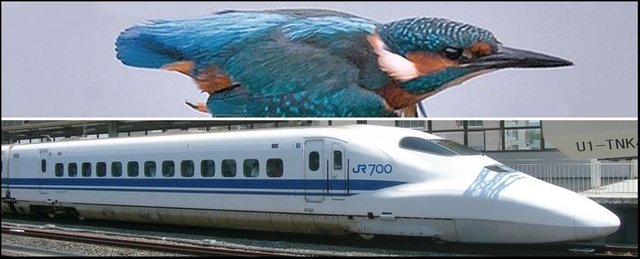
Other industries like medicine, swimwear, robotic, packaging, business and others all have created products inspired by nature.
Beyond Just Another Trend
Like every other earth-saving trend e.g cleantech, eco-green etc. efforts have to be made by change makers to ensure most biomimicry concepts and ideas move beyond the research lab to the real world.
The gains of implementing the results of biomimicry are so much that researchers can't afford to settle only on a cult-like ideology or concept. We all look forward to even more amazing biomimicry influences.
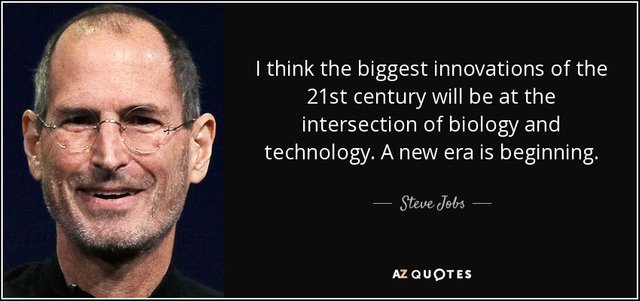
--
Over to you. Do you have a favorite product inspired by nature?
Sources:
Link 1 - Link 2 - Link 3 - Link 4 - Link 5 - Link 6 - Link 7 - Link 8 - Link 9 - Link 10 - Link 11 - Link 12 - Link 13
Intelligent work there. Welldone
Downvoting a post can decrease pending rewards and make it less visible. Common reasons:
Submit
Thanks @chiemerieude. I'm glad you enjoyed the read.
Downvoting a post can decrease pending rewards and make it less visible. Common reasons:
Submit
Wow great post. Had no idea about the bullet train/kingfisher link!
Downvoting a post can decrease pending rewards and make it less visible. Common reasons:
Submit
Thanks bud. You're right! I was surprised to notice that and a couple of others too... There are lot of inpirations to be gotten from nature.
Downvoting a post can decrease pending rewards and make it less visible. Common reasons:
Submit
Absolutely. As you suggest there is 3 billion plus years of product testing there!
Downvoting a post can decrease pending rewards and make it less visible. Common reasons:
Submit
The engineering diciplines have mostly been thought of as discreet and seperate. Its when you get engineers and designers which are versed on several different diciplines that you get very innovate designs the bio-mimic existing natural systems. Great article! Upvoted and Resteemed!!!
Downvoting a post can decrease pending rewards and make it less visible. Common reasons:
Submit
You're very correct. Bringing people from various disciplines leads to a mashup of nobel ideas... Thanks for dropping, Alex. Have a great day ahead!
Downvoting a post can decrease pending rewards and make it less visible. Common reasons:
Submit